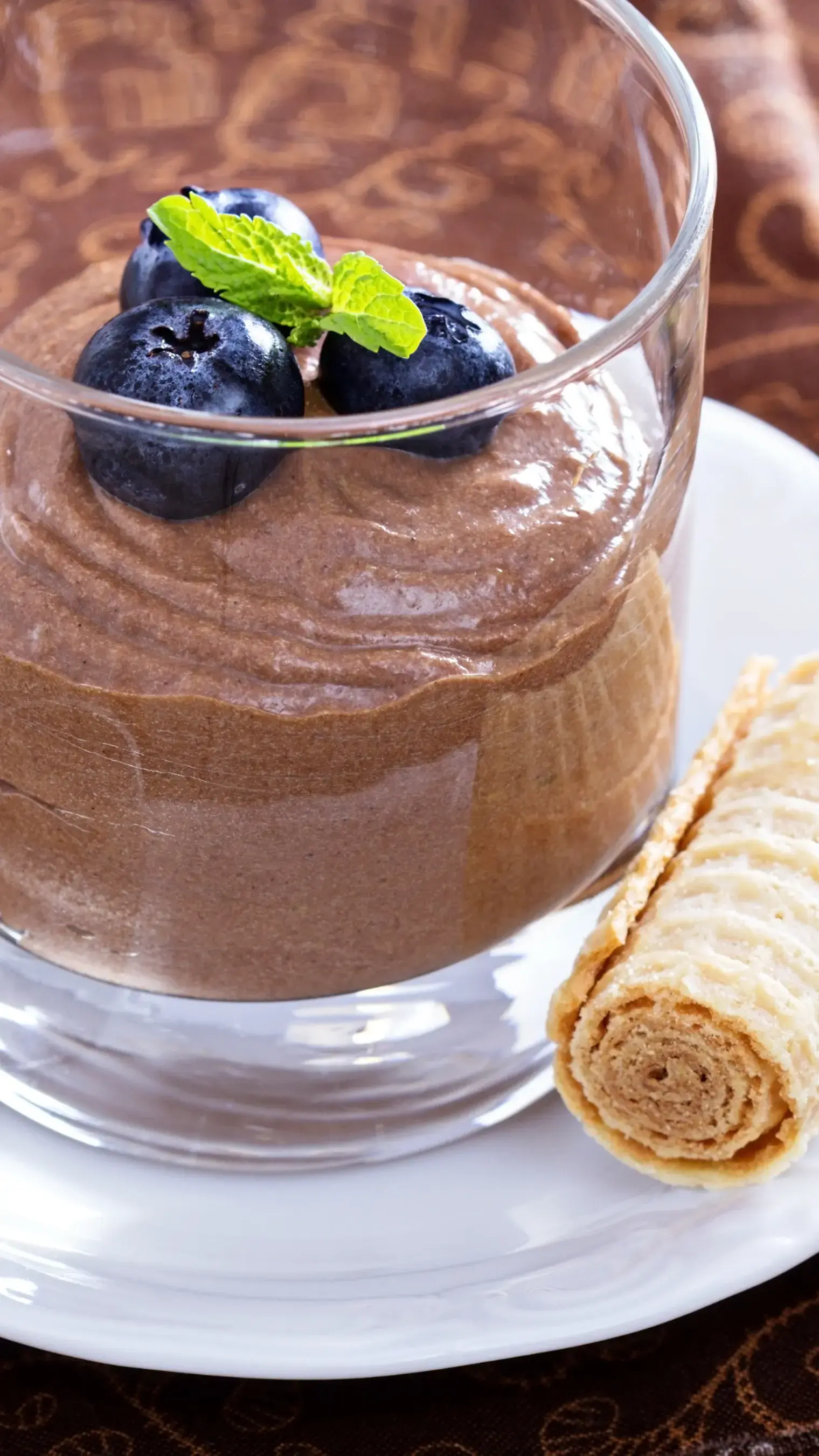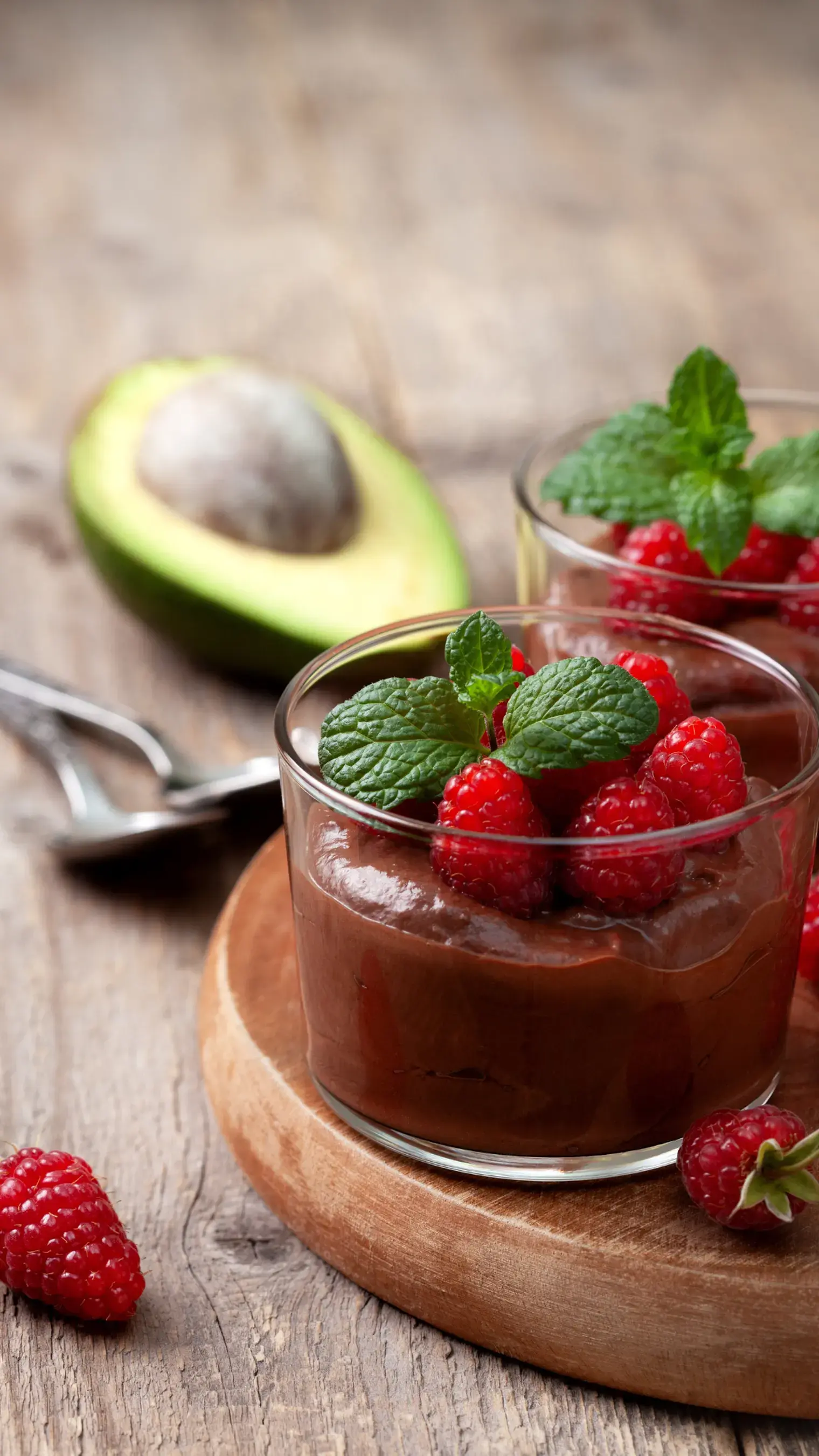Start your Al-Hijra celebrations with the perfect custard with Silk chocolate layer, with a sprinkling of toasted and chopped nuts

Almond cakes lean towards the more subtle flavor profile, but that doesn’t mean they lack in character or lag behind the flavor-packed cakes. The flavor of almonds is soft but distinct, it’s earthy, a little buttery, and slightly sweet on its own. When making an almond cake, the challenge is finding the right amount of sugar to go with it. If the cake is too sugary, the almond flavor fades into the background. If you cut back too much, the result can taste bland or dry. The balance has to be deliberate. You want both flavors to show up without either one pushing the other out. Getting there isn’t about guessing or adding more of everything – it’s about making a few smart choices in how you use ingredients and how you put the cake together.
Use the Right Almonds
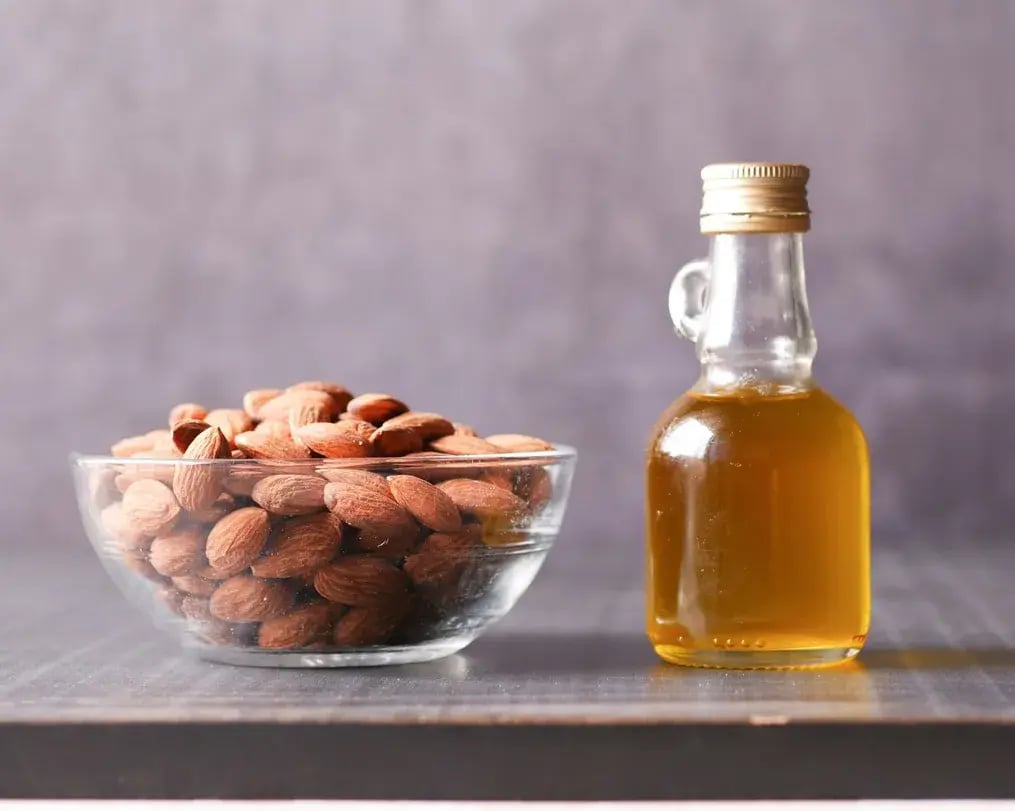
Not all almond products taste the same. Almond flour, made from blanched almonds (with skins removed), gives a lighter, cleaner flavor. It’s soft and works well for a smooth-textured cake. Almond meal includes the skins, which adds a bit more texture and a slightly stronger, more rustic flavor. If you're after a deeper, toastier flavor, you can roast the almonds yourself before grinding them, but keep the roasting light. Once they start to darken too much, the flavor turns bitter and can overpower everything else.
Choose Your Sweetener Carefully

The kind of sugar you use changes more than just sweetness – it also changes the overall flavor and feel of the cake. White sugar is clean and sweet, but in almond cakes, it can come off as flat. Using a portion of light brown sugar helps round out the flavor and adds a hint of molasses that works well with the nuttiness. You don’t have to use a lot. Even swapping out a quarter of the white sugar for brown sugar can make a difference. Reducing sugar slightly, maybe by 10 to 15 percent, can make the almond taste stand out more clearly.
Add Just the Right Amount of Salt
Salt isn’t something people usually think about when baking sweet cakes, but it plays an important role. A small amount of salt doesn’t make the cake salty; it sharpens the other flavors. In almond cakes, it helps pull out the natural nutty flavor and keeps the sweetness from becoming overwhelming. A standard small cake needs about a quarter teaspoon of salt. If you're using salted butter, you can reduce it slightly, but don’t skip it altogether. Without salt, the cake can taste flat, even if everything else is done right.
Handle Extracts with Care

Almond extract is useful, but it’s easy to overdo. It’s highly concentrated and has a strong, almost cherry-like flavor when used in large amounts. If you're already using almond flour or meal, you only need a drop or two of extract to bring out the flavor. More than that, it starts to taste artificial. It’s better to rely on real almonds for the base flavor and let the extract play a small supporting role. If you’re not sure, err on the side of using less. You can’t take it out once it’s in.
Keep Toppings and Add-Ins Simple
Almond cakes don’t need much on top. A light dusting of powdered sugar or a thin glaze made with citrus or milk is usually enough. If you cover it with frosting, especially something heavy or overly sweet like buttercream, it can completely shift the balance. The same goes for fillings or mix-ins – too much fruit, chocolate, or syrup can distract from the almond. If you want to add something, keep it light. Sliced almonds on top, for example, add texture and reinforce the flavor without overwhelming the cake.
Pay Attention to How You Bake It
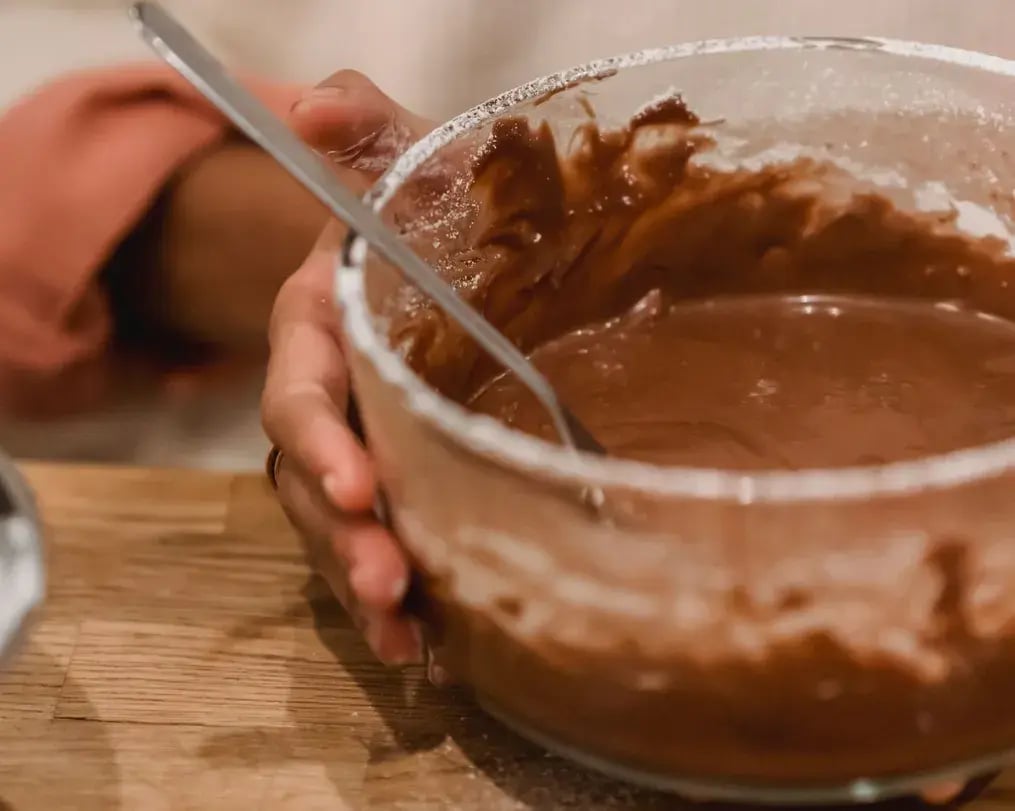
Even with the right ingredients, baking time and temperature matter. Almond cakes are often delicate, and they dry out quickly if left in the oven too long. On the other hand, if you take them out too early, the center may be undercooked, and the flavor won’t have had time to fully develop. Bake at a moderate temperature, usually 160-180°C, and check for doneness toward the end of the baking time. The edges should be lightly golden, and a toothpick inserted in the center should come out clean or with just a few crumbs. Let the cake cool completely before slicing; the flavor settles and improves as it rests.
Serving Suggestions
What you serve with the cake also affects how the flavors come across. Strongly sweet or rich sides, like syrups, ice cream, or sweetened whipped cream, can tilt the balance too far. Plain whipped cream, unsweetened Greek yogurt, or a cup of coffee or tea are better matches. They don’t fight with the almond flavor and help keep everything in check. If you’re serving fruit with it, go for something with a bit of acidity, like berries or plums. They add a nice contrast with the subtle flavors of almond cakes without overpowering them.
Like This Article?
More Like This

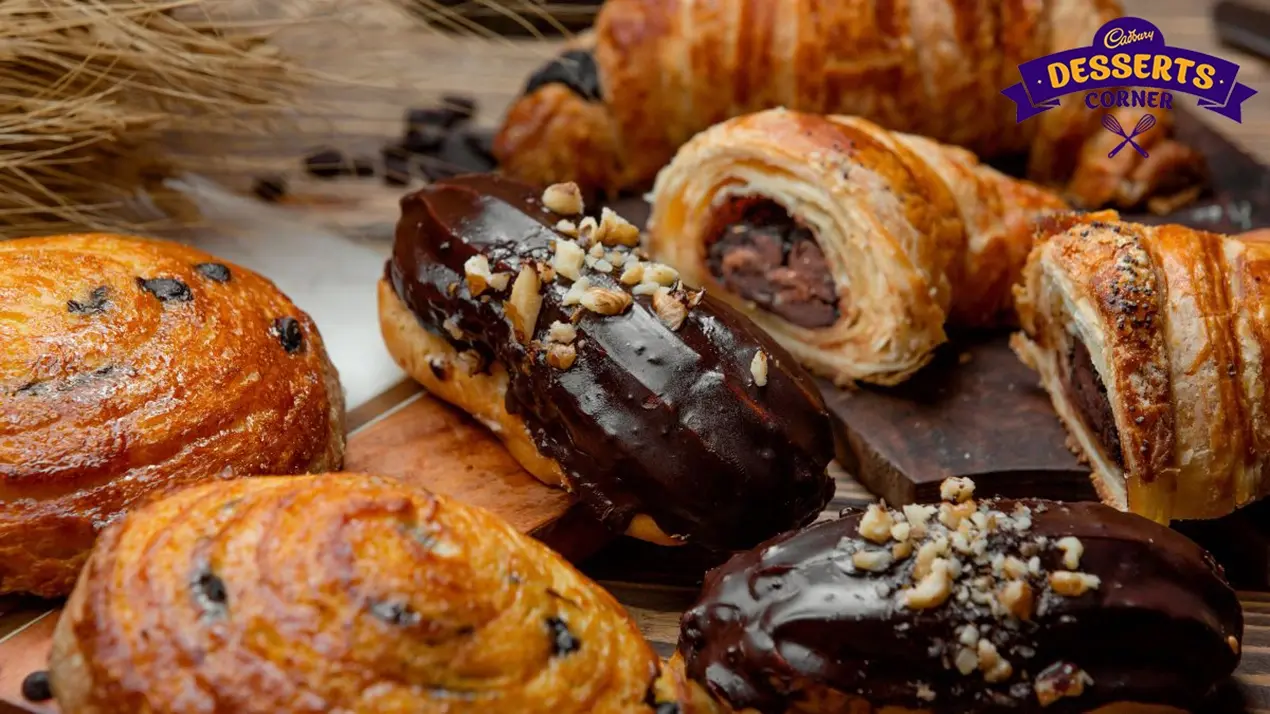


Popular Articles





Trending Web Stories
Curated Recipes

















